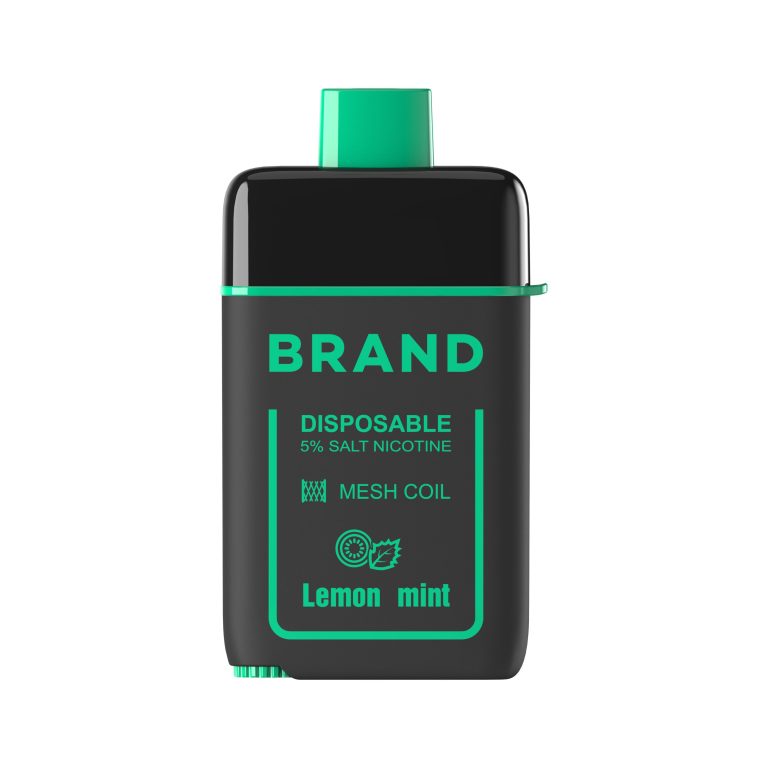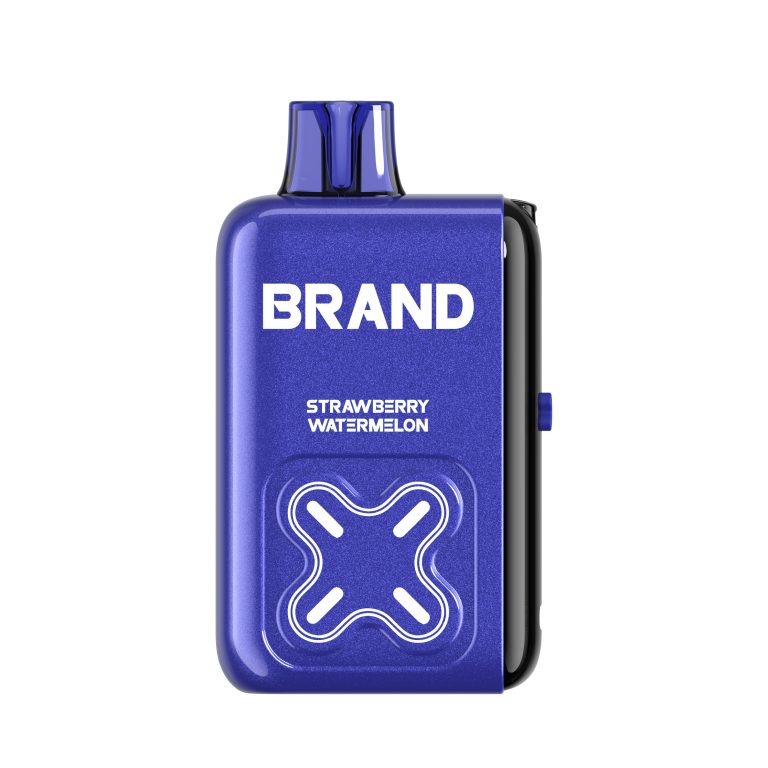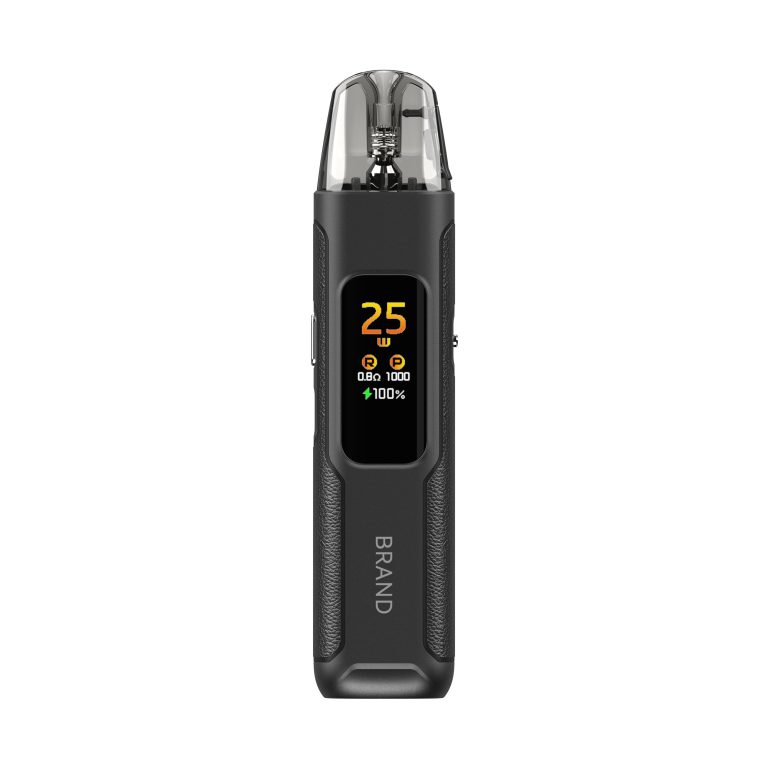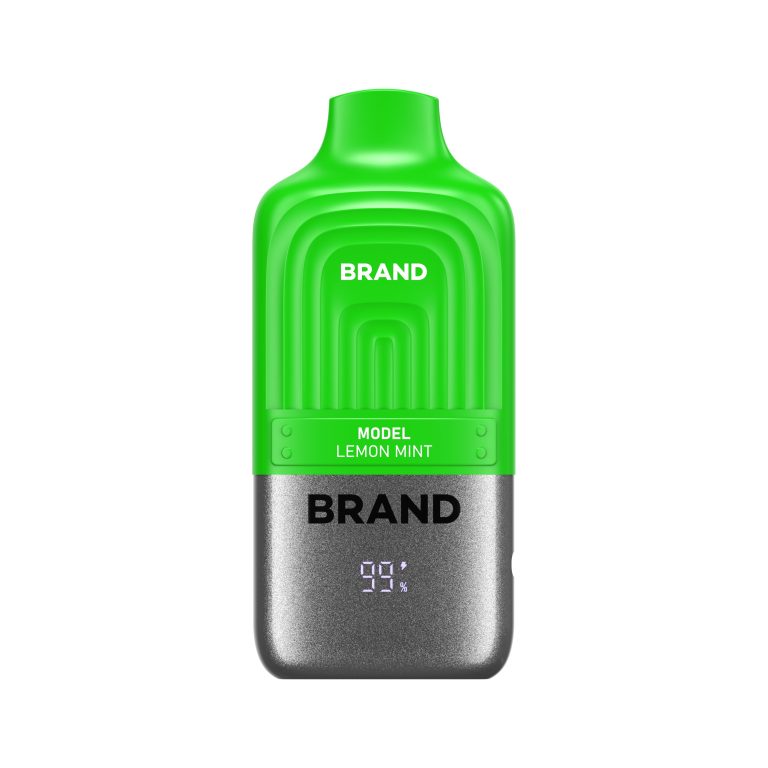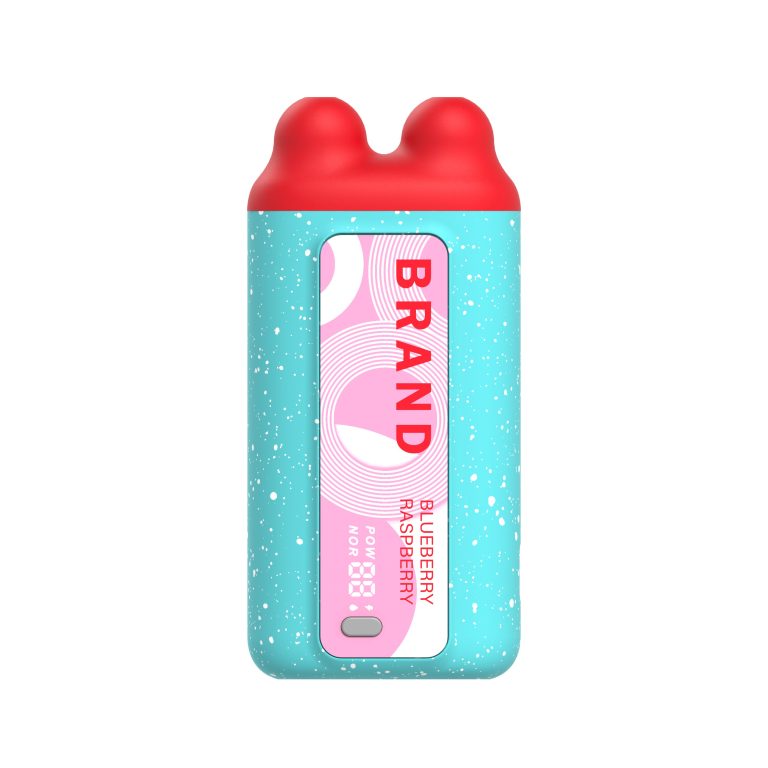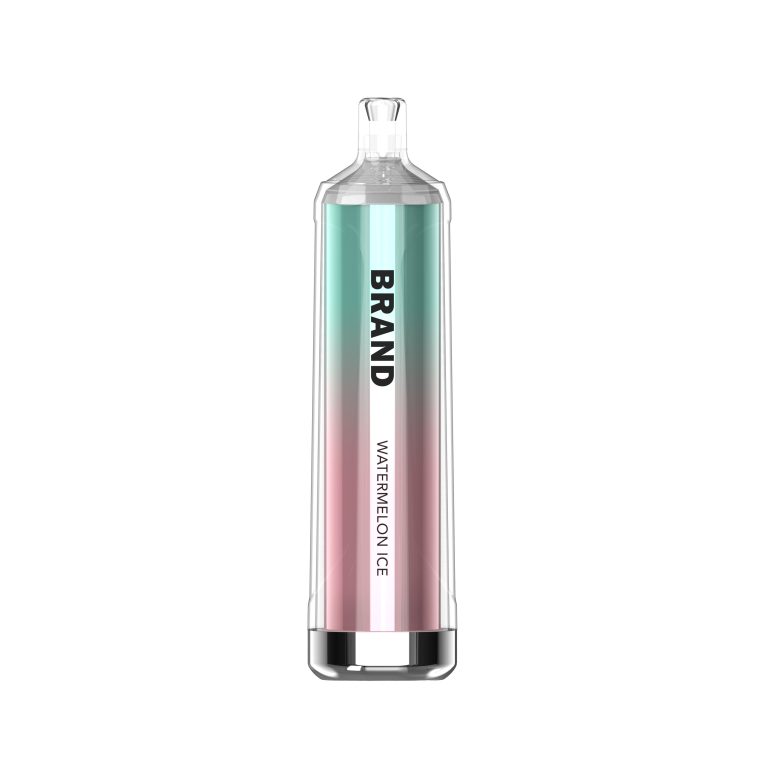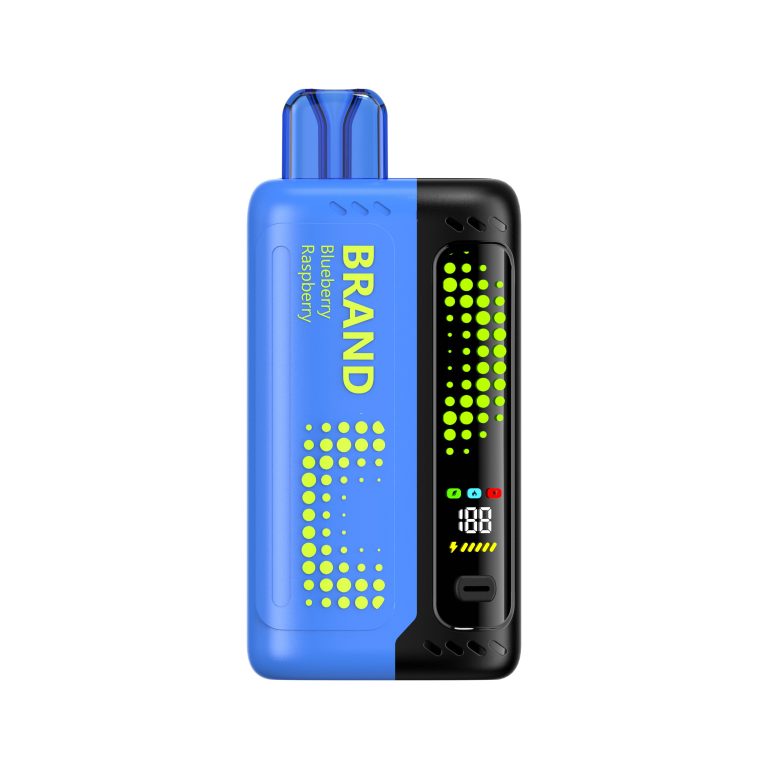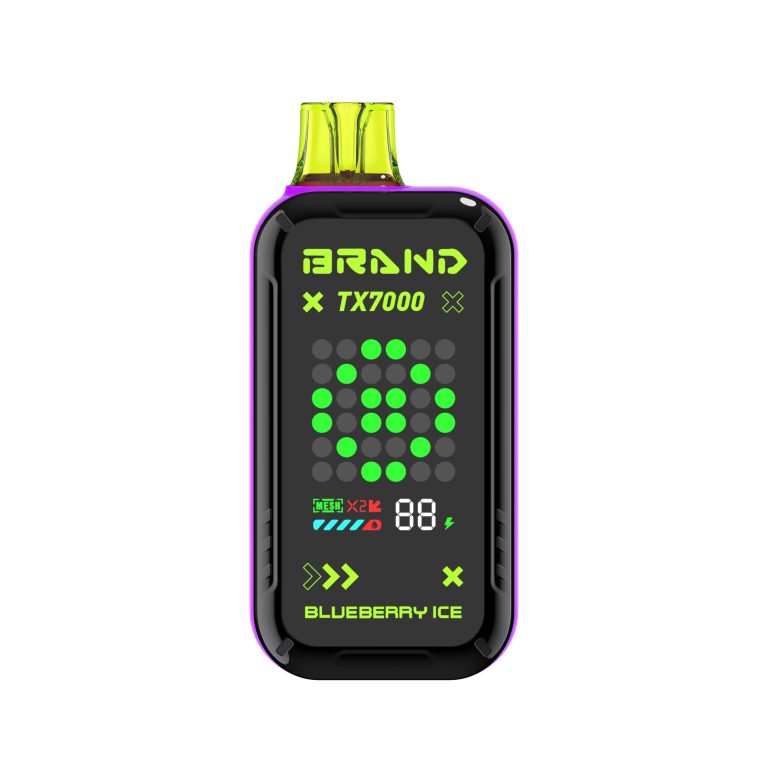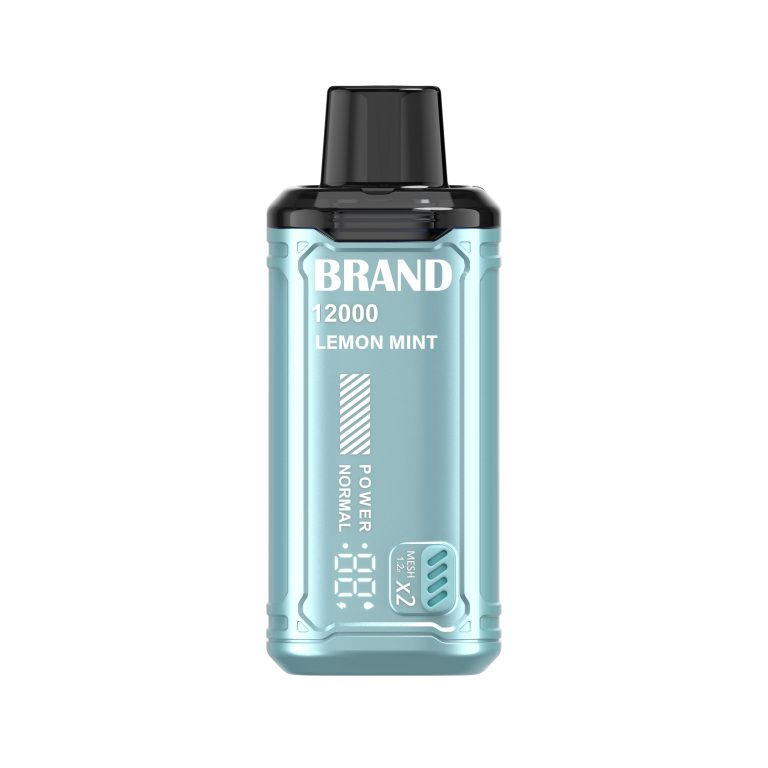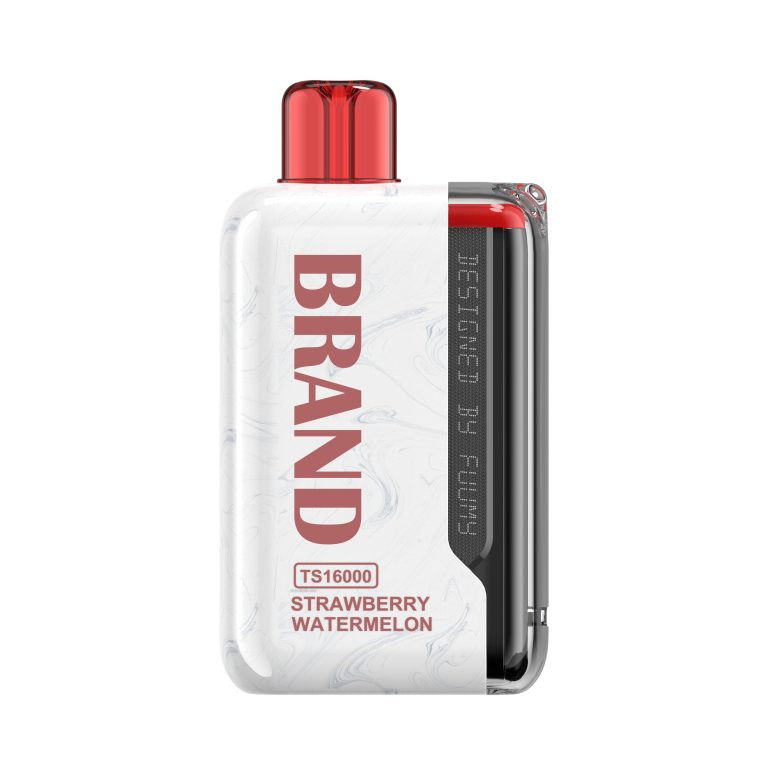
In the fast-changing world of vape tech, picking the right wicking material really shapes how users feel about their device. It also affects how well the product works and its overall quality. The global vape market will hit about $33 billion this year. Plus, experts predict it will almost double by 2029. That shows just how big and growing this field is. Inside this huge industry, the wicking material moves e-liquid to the coil. There, it turns into vapor. This basic job touches flavor taste, vapor amount, and how long the device lasts.
For everyday users and big clients like OEM/ODM partners, knowing how these materials stack up is key. Manufacturers must pick wisely. Why? It changes costs, design choices, and rules from around the world. So, business teams need suppliers who know wicking tech inside out.
Overview of Wicking Materials
Wicking materials are the quiet stars in every vape setup. They link the e-liquid tank to the heating coil. A solid one pulls in liquid fast and sends it steadily. That way, you get even vapor every time. It also cuts down on dry hits or messy leaks.
What Is a Wicking Material in Vape Technology?
A wicking material is that soak-up part. It draws e-liquid from the tank or pod right to the coil. Heat kicks in. The liquid becomes vapor you breathe. How well this move happens? It decides flavor strength, cloud thickness, and if the device holds up.
Common Types of Wicking Materials Used Today
Plenty of choices exist now. But organic cotton and ceramic lead the pack. Each has its own strengths.
- Organic Cotton: Cheap and great at grabbing liquid. You’ll see it a lot in throw-away vapes and pods you refill.
- Ceramic: Built from hole-filled ceramic. It handles heat well and stays strong over time. High-end gear loves it. Flavor stays the same puff after puff.
Characteristics of Cotton as a Wicking Material
Cotton stays super popular in vape making. It’s simple. And it saves money.
Composition and Structure of Organic Cotton
The organic cotton for vapes skips bleach and treatments. That keeps flavors clean. No weird chemicals mess things up. Its thread-like build makes strong pull for quick liquid flow.
Benefits of Using Cotton in Vape Devices
Cotton soaks fast. Dry hits? Rare during quick sessions.
It gives pure taste. Organic means no extras. So, e-liquid flavors shine true.
Plus, it’s cheap for big runs. That’s why it rules disposables. That part will grab 45.6% of the vape market this year. Easy to make in huge batches. Cotton fits right in.
Limitations of Cotton Wicks
High power can burn it. If it’s not wet enough, or you push watts too long, scorch happens.
It wears out quicker than others. Constant use breaks it down. So, swap or toss it more often.
Characteristics of Ceramic as a Wicking Material
Ceramic rises as a top pick. It holds shape well. And it keeps flavor steady.
What Makes Ceramic a Unique Option?
Ceramic wicks use super holey stuff. Liquid flows just right. High heat? No problem. It won’t break or change. Folks want ceramics more now. The ceramic atomizing core market hit $3 billion last year. Growth? About 15% each year. New styles, like cell-based ceramic coils, give real, clean taste. Users who care about steady quality pick it.
Advantages of Ceramic Wick Technology
Heat won’t hurt it. Unlike cotton, ceramic lasts through hot temps. No burn.
Vapor stays even. Tiny holes spread liquid smooth over the coil. Each puff feels the same.
It lives longer. Less fixing needed. Great for pods you refill or open systems.
Potential Drawbacks of Ceramic Wicks
It soaks slower at first. Not like cotton’s quick grab. So, after a fresh fill, fast puffs might lag.
Making it costs more. Steps are trickier than cotton prep. Prices go up per piece.
Performance Comparison: Cotton vs. Ceramic
Pick based on what matters most.
Flavor and vapor? Cotton hits hard right away. But it fades later. Ceramic? Smooth all day. Heat keeps it steady.
Heat hold and no burns? Ceramic wins big. Power users or hot mods love it.
Life and fixes? Ceramic lasts more. Cotton’s cheap, though. Swaps don’t hurt in toss-outs.
E-liquid fit? Freebase or nic salt. Cotton grabs thick VG stuff fast. Good for freebase. Ceramic controls thin salt nic better. Flow matters over speed there.
Manufacturing Considerations for ODM/OEM Clients
For brands teaming with OEM/ODM, material choice hits many spots.
Scale and money? Cotton ramps up easy for tons of units. Disposables made over $9.6 billion last year. They need quick, big output. Cotton makes that smooth.
Custom tweaks? Both work. But ceramic opens doors. Like COP tech. It keeps e-liquid from coil till you start. Cotton can’t do that.
Rules and safety? Follow global standards no matter what. Top makers check quality hard.
Choosing the Right Wicking Material for Your Product Line
Match it to your crowd and goals.
Budget users want quick bold hits? Go cotton disposables.
Fancy vapers crave smooth long hauls? Ceramic pods deliver.
Device type? Disposables thrive on cheap, solid cotton flow control. Refillables? Ceramic’s tough build shines.
Fuumy: Your Trusted Partner for OEM/ODM E-cigarette Solutions
Need a maker who gets both materials deep? Fuumy tops the list.
Who We Are: Overview of Fuumy’s Capabilities and Expertise
FUUMY runs a top clean room. Gear for tests and packs is modern. We follow ISO9001 rules. Every item clears 60+ checks.
Advanced Manufacturing and R&D Support
Since 2019, the FUUMY crew launched own designs. Patents back them. Our R&D folks break down pros, cons. They give cost guesses and tech tips. Your idea? We make it real.
Product Showcase: Innovative Disposable Vape Solutions
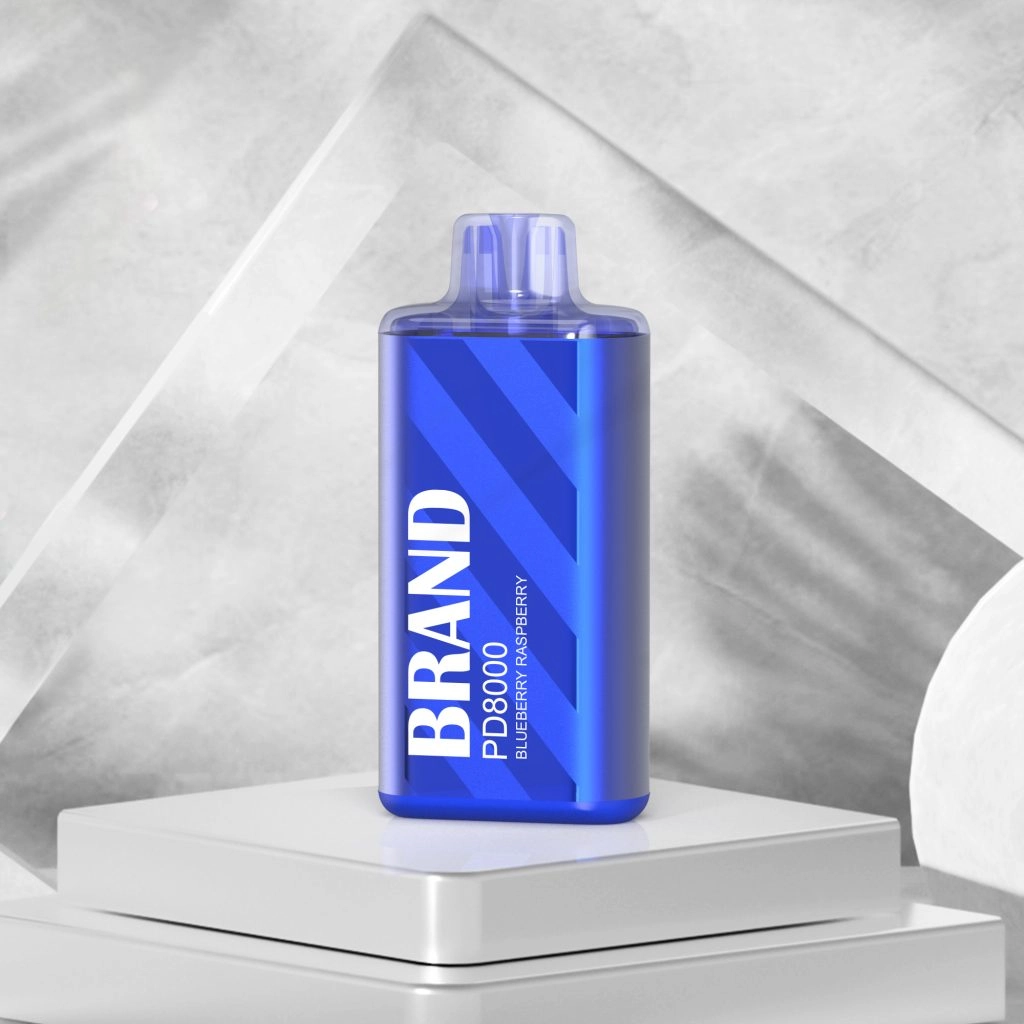
Check the S48 9.5ml. Mesh coils boost pure flavor. Or the S46 10ml. It fits your hand easy. Wick works steady.
Why Global Brands Choose Fuumy for OEM/ODM Collaboration
Quality drives us. We pump out 800,000 units a day. Services cover R&D to shipping. Your dream product? It hits shelves fast and sure.
FAQs
Q1: Which wicking material gives better flavor—cotton or ceramic?
A: Organic cotton nails bold taste fast. It soaks quick at start. Ceramic? Smoother ride over time. No fade. Best for folks who like even balance.
Q2: Are ceramic coils worth the higher cost?
A: Yes, if you need tough build, exact flow—think salt nic—and fancy labels. Less fixes. Longer life pays back.
Q3: Can I switch between freebase nicotine and salt nic using either wick type?
A: Both handle swaps in theory. But cotton grabs thick VG freebase best. Quick soak wins. Ceramic rules thin salt nic. Its holes control flow tight.


